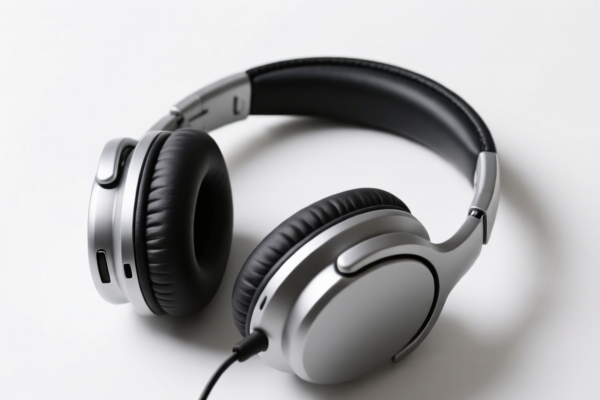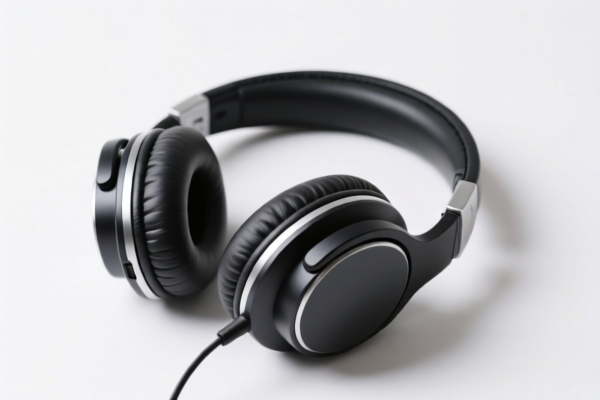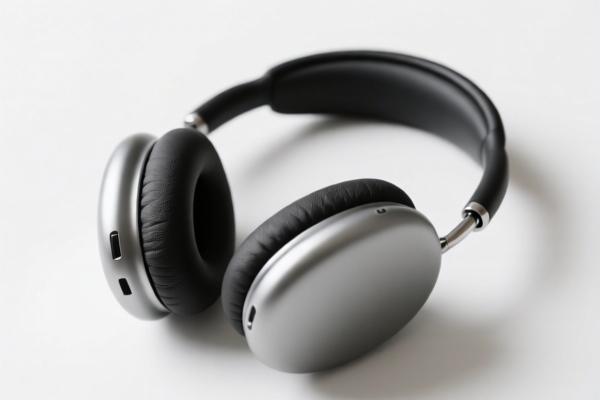| HS Code | Official Doc | Tariff Rate | Origin | Destination | Effective Date |
|---|---|---|---|---|---|
| 8544422000 | Doc | 55.0% | CN | US | 2025-05-12 |
| 8544499000 | Doc | 58.9% | CN | US | 2025-05-12 |
| 9001100030 | Doc | 61.7% | CN | US | 2025-05-12 |
| 9001100085 | Doc | 61.7% | CN | US | 2025-05-12 |
| 8518908100 | Doc | 55.0% | CN | US | 2025-05-12 |
| 3926905000 | Doc | 41.3% | CN | US | 2025-05-12 |
| 3926909989 | Doc | 42.8% | CN | US | 2025-05-12 |
| 3920995000 | Doc | 60.8% | CN | US | 2025-05-12 |
| 3920992000 | Doc | 59.2% | CN | US | 2025-05-12 |




Headphone Cable
A headphone cable is a cord used to transmit audio signals from a source (e.g., smartphone, computer, amplifier) to headphones. It typically consists of conductors, insulation, and a protective outer jacket, terminated with connectors compatible with both the audio source and the headphones.
Materials
- Conductors: Commonly copper or silver. Silver is favored for its higher conductivity, potentially improving signal transfer, but is more expensive. Oxygen-free copper (OFC) is frequently used to minimize oxidation and maintain signal quality.
- Insulation: Materials like PVC, polyethylene, or Teflon are used to prevent short circuits and signal interference.
- Outer Jacket: Typically made of PVC, braided nylon, or rubber for durability and protection. Braided jackets offer increased resistance to tangling and wear.
- Shielding: Aluminum foil or copper braiding is often incorporated to reduce electromagnetic interference (EMI) and radio frequency interference (RFI).
Purpose
The primary purpose of a headphone cable is to reliably transmit analog or digital audio signals. The quality of the cable can influence signal clarity, noise levels, and overall audio fidelity, although the extent of this influence is a subject of debate.
Function
The cable functions by carrying the electrical signals representing the audio data. The connectors establish the physical connection and ensure proper signal flow. Shielding minimizes unwanted noise pickup, and the cable’s construction impacts resistance and capacitance, which can affect frequency response.
Usage Scenarios
- Wired Headphones: Connecting headphones directly to audio sources.
- Replacing Damaged Cables: Repairing headphones with broken or frayed cables.
- Upgrading Audio Quality: Some audiophiles believe that higher-quality cables can improve sound quality, particularly with high-end headphones and audio equipment.
- Connecting to Audio Interfaces: Linking headphones to professional audio equipment for monitoring and recording.
- Extending Reach: Using longer cables to provide greater freedom of movement.
Common Types
- 3.5mm TRS: The most common type, used for standard headphones and portable devices. TRS stands for Tip-Ring-Sleeve, indicating the three conductive sections.
- 6.35mm TRS: Often found on professional headphones and audio equipment. Provides a more secure connection.
- 2.5mm TRS: Used in some portable devices and headphones.
- USB Cables: Used for headphones with built-in digital-to-analog converters (DACs) and amplifiers. Transmit both power and digital audio data.
- Balanced Cables (e.g., 2.5mm TRRS, 4.4mm Pentaconn, XLR): Employ separate conductors for the left and right channels and a ground, reducing noise and interference. Require compatible headphones and audio sources.
- Micro-USB/USB-C: Used for charging and data transfer with certain headphone models.
- Braided Cables: Constructed with a woven outer jacket for increased durability and reduced tangling.
- Detachable Cables: Allow users to easily replace damaged cables or swap between different connectors.
- Coiled Cables: Feature a spring-like construction, providing a fixed length and reducing cable clutter.
Headphone cables are generally considered parts of headphones, falling under the category of audio-frequency electric amplifiers or related parts.
Here are the relevant HS codes based on the provided reference material:
-
8518908100: Parts: Other: Other. This HS code covers parts of microphones and loudspeakers, including headphones. It specifically includes parts of headphones, and the total tax rate is 55.0% (0.0% basic tariff + 25.0% additional tariff, increasing to 30.0% after April 2, 2025).
-
3926905000: Other articles of plastics and articles of other materials of headings 3901 to 3914: Other: Frames or mounts for photographic slides. While primarily for photographic slides, this code covers "other articles of plastics," which could encompass headphone cable components if made of plastic. The total tax rate is 41.3% (3.8% basic tariff + 7.5% additional tariff, increasing to 30.0% after April 2, 2025).
-
3926909989: Other articles of plastics and articles of other materials of headings 3901 to 3914: Other: Other. This is a broad "other" category for plastics articles, and headphone cables could fall under this if made of plastic and not specifically covered elsewhere. The total tax rate is 42.8% (5.3% basic tariff + 7.5% additional tariff, increasing to 30.0% after April 2, 2025).
Important Note: HS code 8518908100 is the most directly applicable code for headphone cables as parts of headphones. However, if the cable is made of plastic and doesn't clearly fit the description of a headphone part, HS codes 3926905000 or 3926909989 might be considered.
Regarding HS code 8518908100, please note the additional tariff rate will increase to 30.0% after April 2, 2025.
Customer Reviews
No reviews yet.